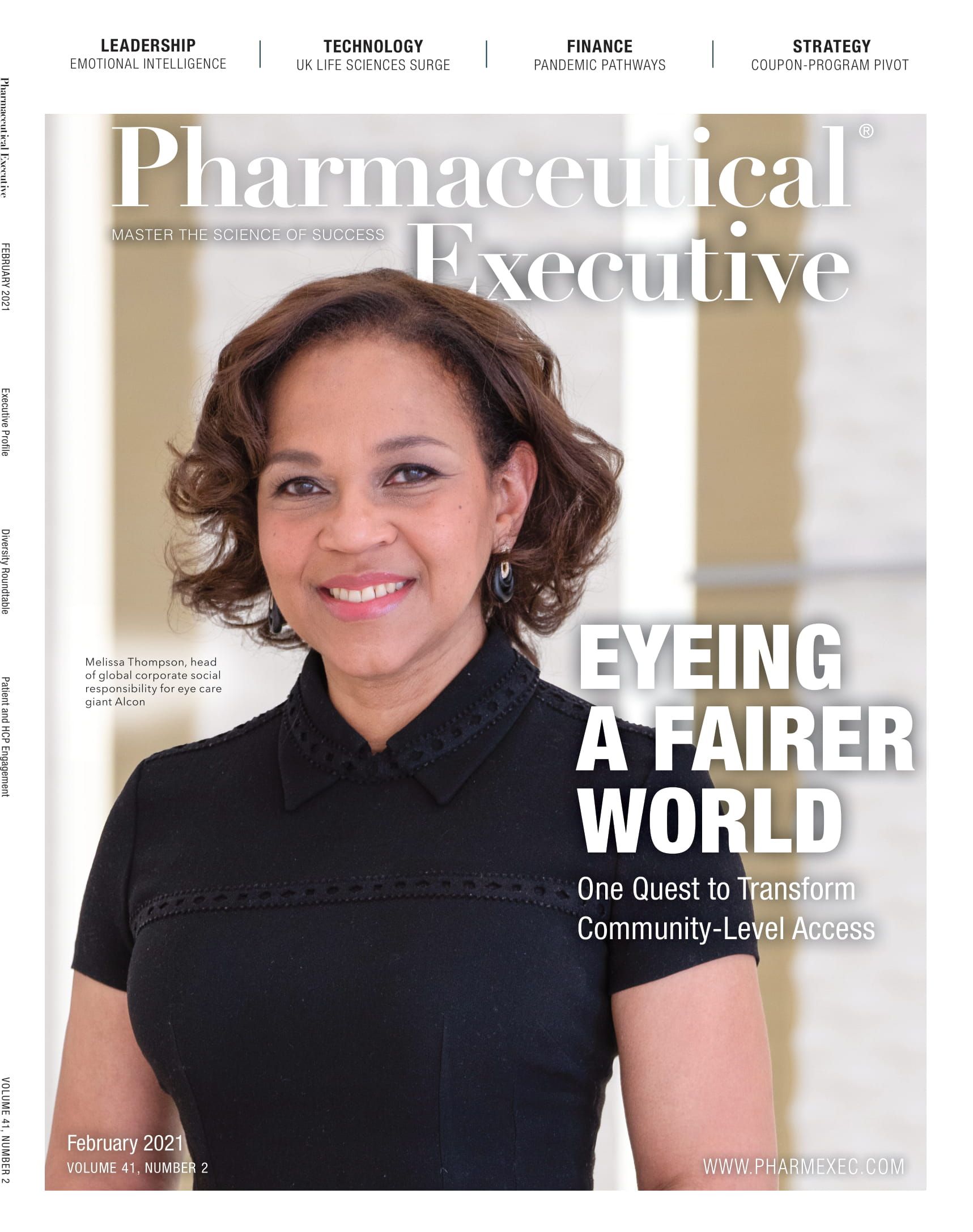Pharm Exec at 40
Looking back at 1982-1985.
The early to mid-1980s saw the explosion of the digital age. This may be best expressed by TIME magazine naming The Computer as its 1982 Man (or in this case, Machine) of the Year. Also that year, a computer scientist from Carnegie Mellon University wrote the first ASCII emoticons, :-) and :-(, as a way to express emotions digitally.
In 1983, Microsoft Word was launched. Though far from the smartphones they are today, the first mobile phones were sold by the Motorola Company. It was also the year when ARPANET adopted the standard TCP/IP protocol, which eventually became known as the Internet.
Thanks to market saturation and a growing interest in personal computers by 1983, a video game recession kicked off in the US, with revenues falling almost 97%. The release of Super Mario Bros. in 1985 for the new Nintendo Entertainment System helped turn around the industry and there hasn’t been much looking back.
Though personal computers were already around, Apple’s introduction of the Macintosh in 1984 was as captivating as the Super Bowl ad for its release. To compete with the user-friendly Mac, the first version of Windows was delivered by Microsoft in 1985. That year also saw the registration of the first dot-com domain name, symbolics.com. This shift toward a digital age began to have an impact on the economy. When the recession began in 1981, the Dow Jones Industrial Average had a year-end close of 1,046. By the end of 1985, it was 1,546.
In 1983, Sally Ride became the first American woman in space and Guion Bluford the first Black person to make the trip. Ronald Reagan was reelected US president in a landslide victory over Walter Mondale in 1984. Around the world, a spate of terror acts marred 1985, including the hijackings of TWA Flight 847 and the Italian cruise liner “Achille Lauro.” Also concerning was the discovery of a hole in the earth’s ozone layer that year.
For entertainment, people danced to Michael Jackson’s “Thriller” (1982). After 1985, they were able to listen to this and other albums on compact disc. Moviegoers raved about E.T. (1982) and Ghostbusters (1984). On the small screen, they watched the 1984 Summer Olympics in Los Angeles and welcomed Alex Trebek as the host of the newly syndicated program Jeopardy! The epic 16-hour Live Aid concert captured viewers’ interest across 110 countries in July 1985. Sports fans saw the rise of legendary Chicago Bull Michael Jordan, who won NBA Rookie of the Year in 1985. While ladies donned legwarmers and men walked around in suspenders, children were fighting over Cabbage Patch Kids and showing off their Swatch watches to friends.
The pharma landscape
In the realm of science and healthcare, 1982 marked the first commercial use of genetic engineering when human insulin produced by bacteria was marketed. Barney Clark became the first person to receive an artificial heart in the US but died after 112 days. McNeil Consumer Products, a subsidiary of J&J, faced the devastating news that seven people died because its Tylenol capsules had been laced with potassium cyanide. The company responded by immediately recalling bottles off shelves and later instituting tamper-proof packaging, which has become standard for over-the-counter medications.
Genetic fingerprinting or DNA profiling was developed in 1984. The technology revolutionized police work and is now routinely used by forensic scientists in obtaining crime-scene evidence.

One of the greatest stories of the early to mid-80s was the AIDS epidemic. The source of the virus, HIV, was identified in 1984, but officials were slow to recognize and respond to it, as it was viewed as a disease affecting mostly gay men. In fact, when Congress held its first hearing on the subject in 1982, only one reporter attended. By the time Reagan first publicly mentioned AIDS in 1985, the virus had already ravaged the US. The administration asked Congress to dedicate $120 million to AIDS research; 15 days later, it allocated almost $190 million.
In 1985, FDA approved a blood test for AIDS and international governments started screening blood donations. Life insurance companies also began screening, causing outcry by civil liberties groups. The first drugs wouldn’t arrive for a couple more years, but researchers feverishly looked for potential treatments, hoping something would work. As we try to curb COVID in 2021, a review of the response to the AIDS crisis could provide some insights. Let’s hope the takeaways are even more successful.
Elaine Quilici is Pharm Exec’s Senior Editor. She can be reached at equilici@mjhlifesciences.com.

Cell and Gene Therapy Check-in 2024
January 18th 2024Fran Gregory, VP of Emerging Therapies, Cardinal Health discusses her career, how both CAR-T therapies and personalization have been gaining momentum and what kind of progress we expect to see from them, some of the biggest hurdles facing their section of the industry, the importance of patient advocacy and so much more.
Applying Porter’s Five Forces to Portfolio Management in Pharmaceutical R&D: A Strategic Roadmap
March 17th 2025The increasing costs and complexity of R&D in the pharmaceutical industry have necessitated the adoption of strategic portfolio management to optimize resource allocation and enhance competitive advantage.